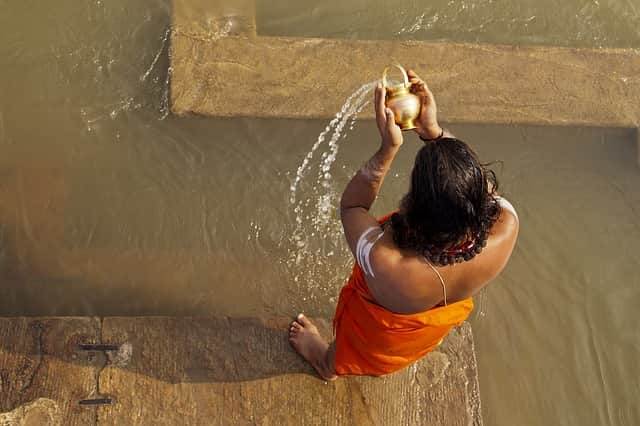
This is the first in a series of blog posts looking at funeral rites and customs around the world. We’ll take a look at how the world’s main religions bid farewell to their dead, how physical remains are prepared, how friends and relatives mourn or celebrate, and what specific beliefs are the basis of these practices.
Many of our funeral directors cater for multi-faith funeral services. Find and contact your local funeral director today.
Before we start with our first religion, Hinduism, it is worth noting that many of the religions, cultures and groups of people we will be discussing are large and diverse and that there can often be different, sometimes contradictory, beliefs within them. Religions are not strict, singular entities but encompass a wide variety of sects, schools, traditions, offshoots and regional differences, making it difficult to talk about ‘Hindu funeral customs’ as a self-contained, coherent concept. Consequently, we will use these posts to talk about ‘mainstream’ customs and on the occasions that we do discuss minority, offshoot or regional varieties, we will identify them as such.
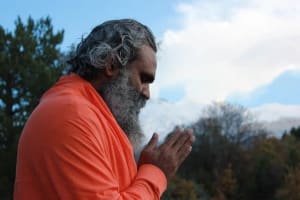
Hinduism – The Oldest Religion
As the dominant religion of the Indian sub-continent, Hinduism is followed by upwards of one billion people – around 15% of the global population. It is thought of as the oldest religion in the world and emerged as the product of thousands of years of synthesis and the mixing of a wide variety of Indian beliefs, practices and rituals. As a consequence of this long developmental period and enormous geographical span, Hinduism, perhaps more than any other mass religion, is hugely varied and can differ a great deal from region to region. In some isolated areas, such as the Himalayas, it can even vary from one village to the next. With this in mind, we’ll look at some of the more commonly practised funeral customs that can be found all across India, Nepal and other parts of the world.
Preparing for Death
When death is imminent, it is traditional for the immediate family to gather and for a priest (pandit in Hindi) to be called. It is often the case that Hindus prefer to pass away at home, where mantras are chanted and scriptures read in order to prepare the dying for the next stage of life. Hindus generally believe in reincarnation, so the death of a relative isn’t always a terribly sad event and is thought of as a natural continuation of that individual’s journey. With that said,, it is not uncommon for family members to show some grief and upset.
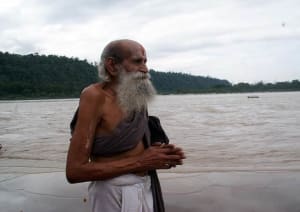
Preparation of the Body
Though it hasn’t always been the case, Hindus are now normally cremated within 24 hours of death. However, the body is first prepared according to a set of procedures known collectively as abhisegam. Purified water is used to cleanse the body, washing away all the impurities of death, before it is wrapped in a white sheet, shroud or simple clothing. They are then laid on a stretcher, where sacred ash is applied to the forehead, sacred water dribbled into the mouth and a garland of flowers placed around the neck. The stretcher itself is often decorated with a picture of the deceased’s favourite god, an oil burning lamp and flowers.
Funeral Rites
Before cremation, when family, friends and well-wishers come to pay their last respects, it is important that the body isn’t touched, as this could introduce impurities and hinder the deceased’s journey onwards. Holy scriptures are read, mantras chanted and offerings made to the gods, before the stretcher is carried, feet first, to the cremation site. While this would have traditionally been along a river bank, it is now much more common for families to cremate their dead at a dedicated crematorium. Typically, only men will attend the cremation, where there is a brief moment of prayer before the closest relative circles the body three times in a counter-clockwise direction, sprinkling water on the body as he does so. The body is then cremated.
Post-funeral Traditions
After the cremation, mourners are expected to wash themselves, change into fresh clothes, assist in cleaning and purifying the house, before gathering for a meal. The next day, the deceased’s ashes will be collected from the cremation site and then are expected to be submerged in the Ganges, Hinduism’s sacred river. In order to facilitate this, a large number of businesses specialising in the shipment and delivery of cremated remains have been established across the globe. However, it is now becoming much more common for remains to be submerged in local rivers, rather than having them taken all the way to the Ganges. The Hindu mourning period tends to last for 13 days, in which friends and family will visit and bring the mourners meals so as to ease their burden and the family of the deceased will make no public appearances at temples, festivals or other people’s homes.

Having taken a look at the world’s oldest religion, next time we’ll be exploring the world’s fastest growing religion, Islam. With a number of different customs and traditions, it will show us how the approach to death can vary wildly between cultures, but also how much can remain the same.

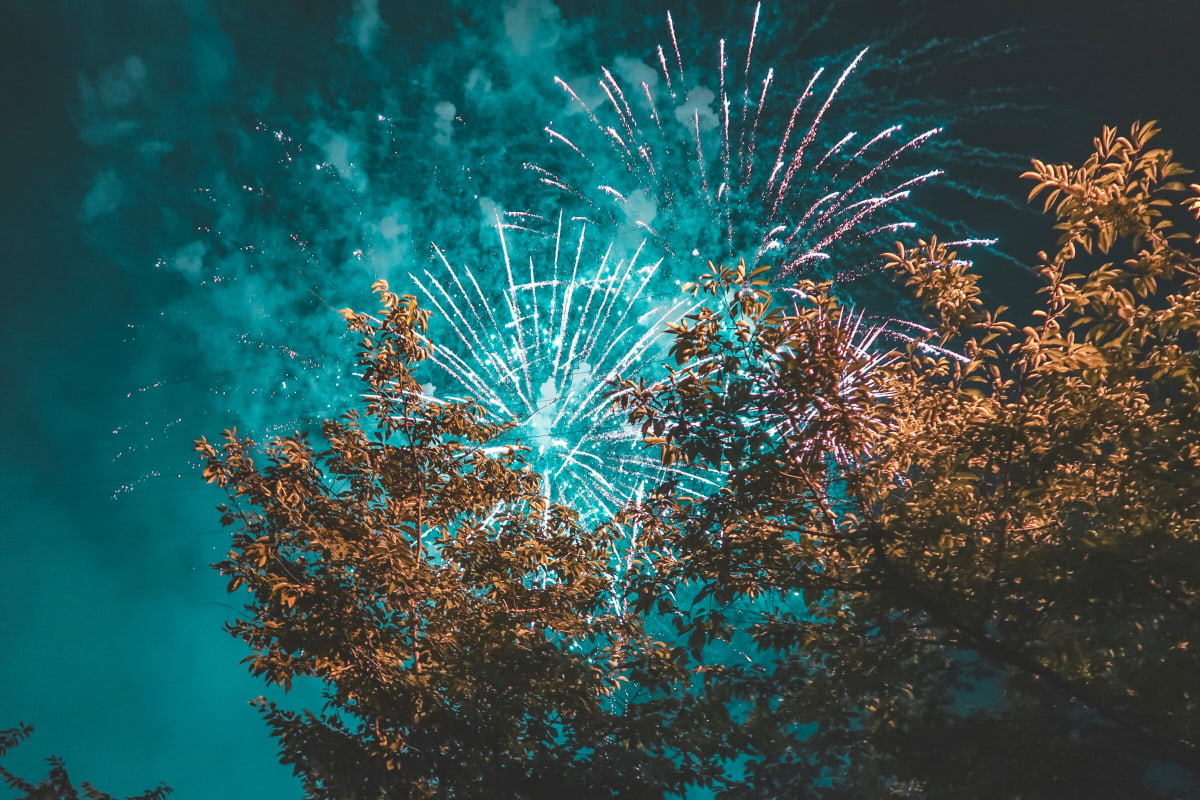
 We all have things we wish we could tell people who are no longer with us. Why not just give it a try? You could wait until you have a quiet moment alone to say what you want to say aloud. Or visit their grave or scattering place to speak to them.
We all have things we wish we could tell people who are no longer with us. Why not just give it a try? You could wait until you have a quiet moment alone to say what you want to say aloud. Or visit their grave or scattering place to speak to them. This could be something as simple as wearing their jewellery or watch every day. Or clothing: a favourite shirt could be worn, turned into a cushion, or framed to make art. Believe it or not, there is also a company that turns the clothing of people who have died into teddy bears.
This could be something as simple as wearing their jewellery or watch every day. Or clothing: a favourite shirt could be worn, turned into a cushion, or framed to make art. Believe it or not, there is also a company that turns the clothing of people who have died into teddy bears. 
 When you’re struggling with something – anything – writing can be very therapeutic. So, writing a letter to a loved one who has died can be a lovely way to feel connected to them and work through your grief.
When you’re struggling with something – anything – writing can be very therapeutic. So, writing a letter to a loved one who has died can be a lovely way to feel connected to them and work through your grief.  Your loved one’s grave, or the place where their ashes were scattered, can feel very meaningful. There’s comfort to be had in just giving yourself some time to sit with them there.
Your loved one’s grave, or the place where their ashes were scattered, can feel very meaningful. There’s comfort to be had in just giving yourself some time to sit with them there. 
 Pardon Me For Not Getting Up
Pardon Me For Not Getting Up
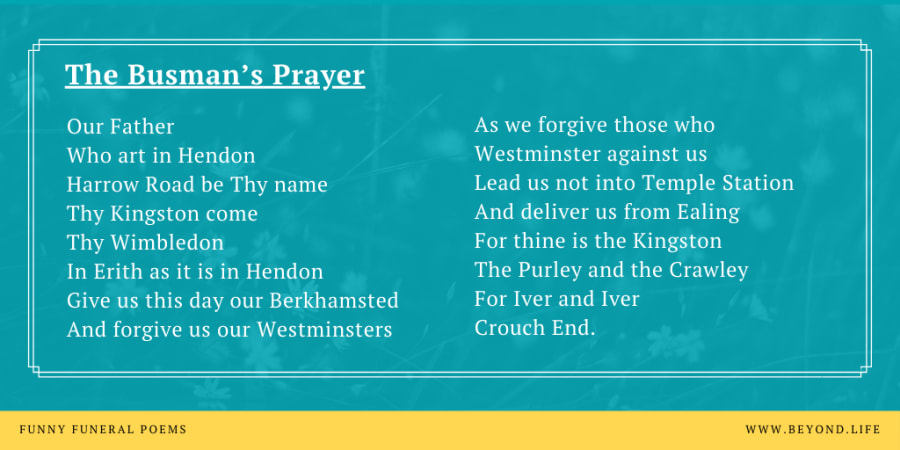
 Death
Death


 Death
Death
